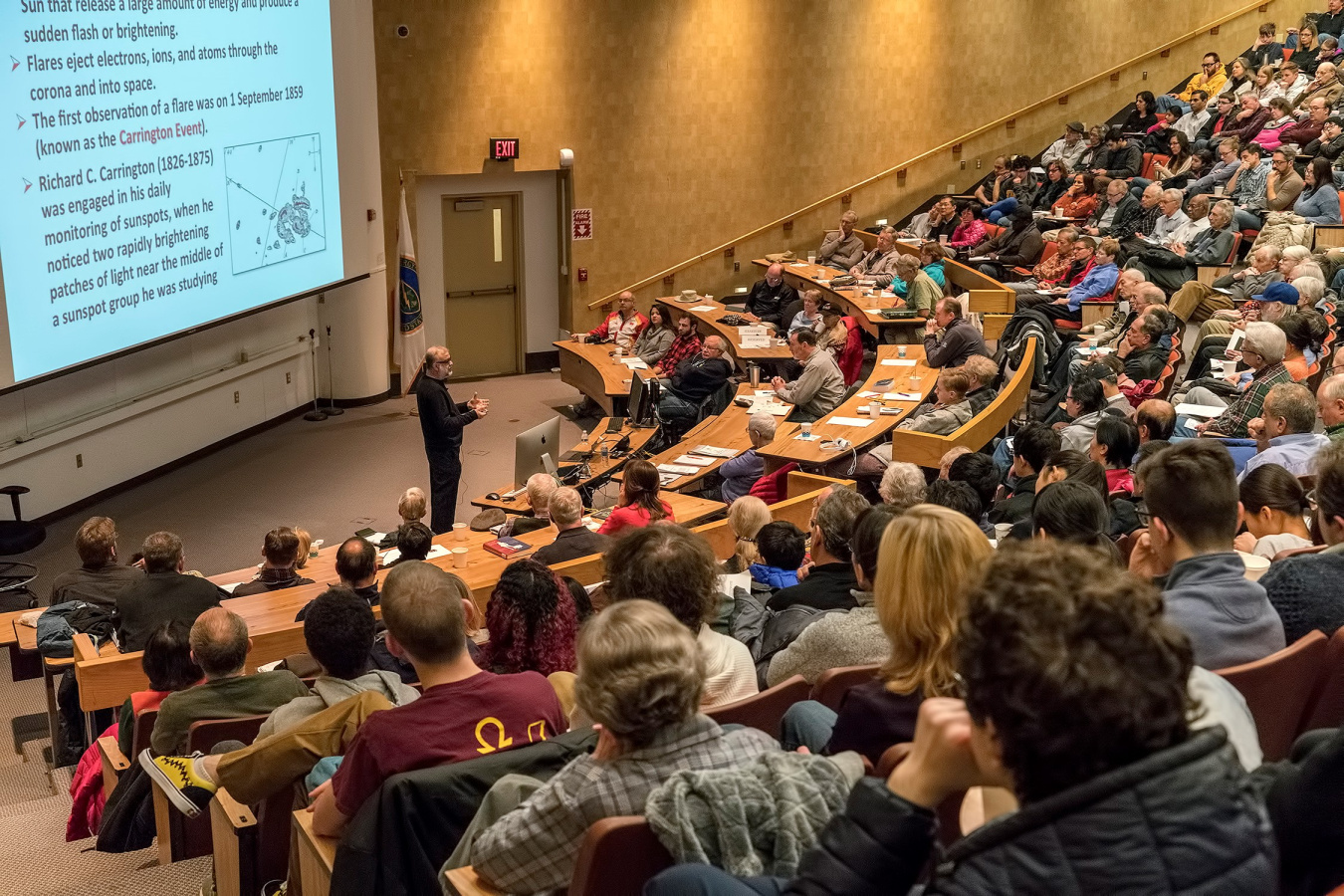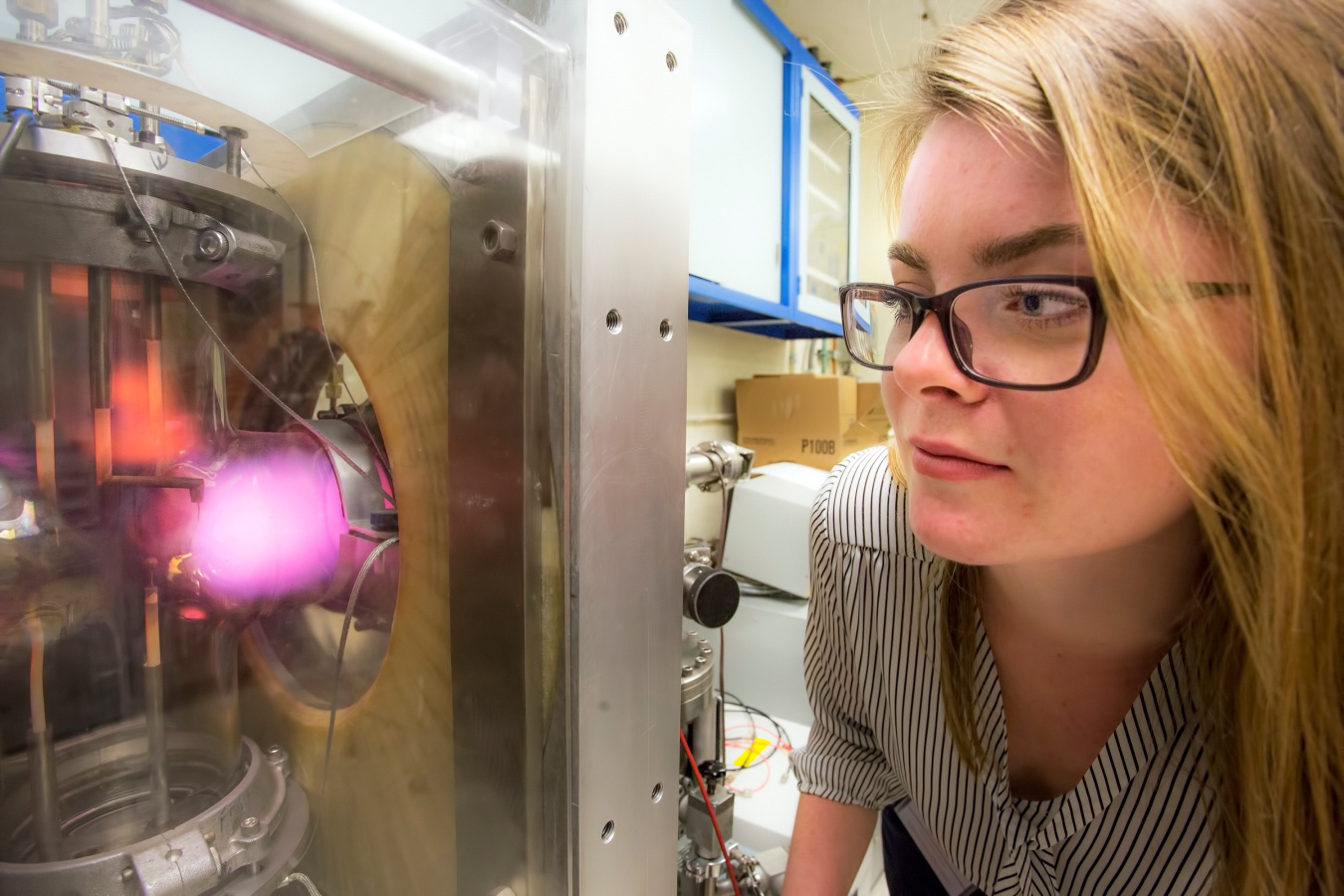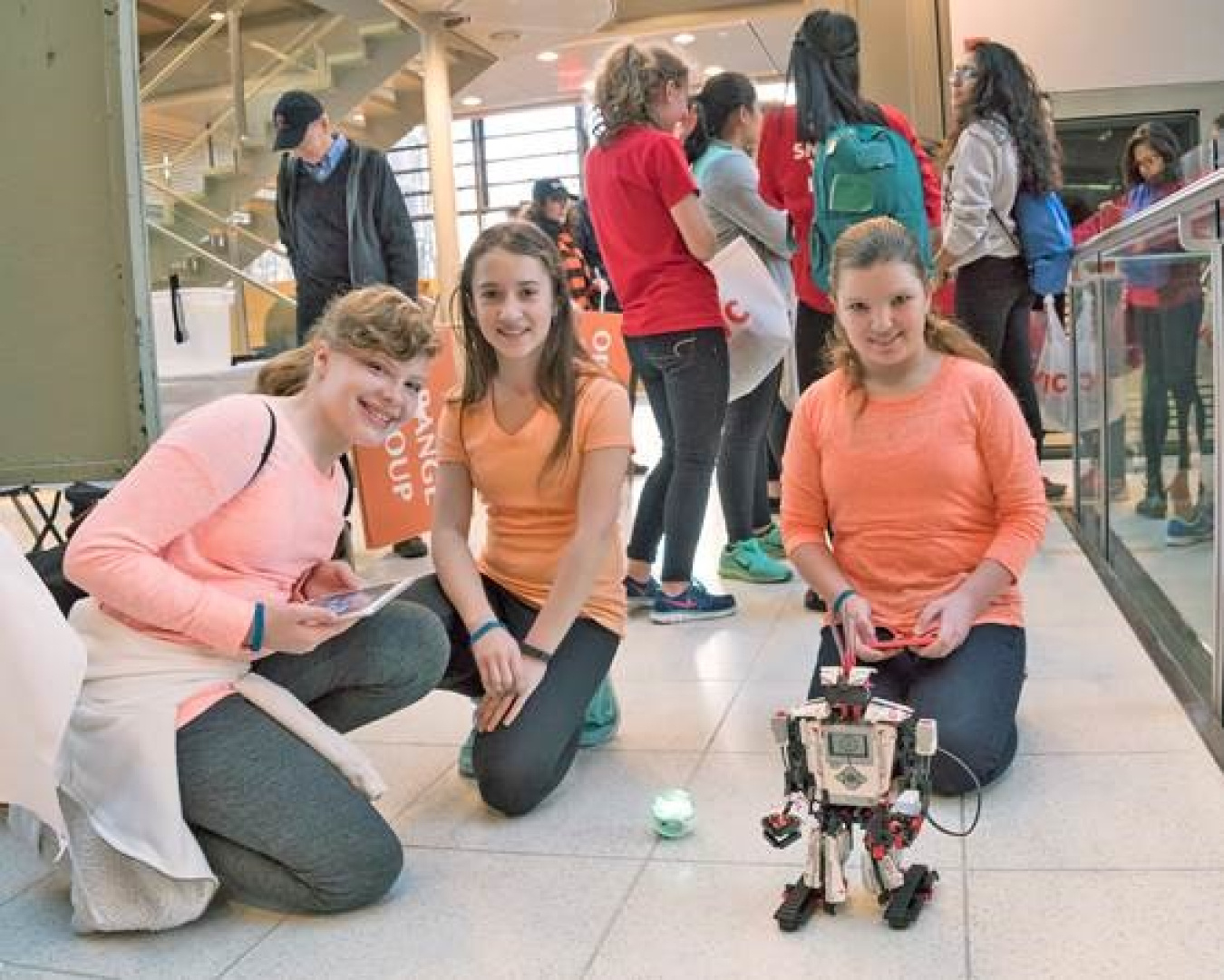
As a sixth grade student, I remember walking to the local library in Brooklyn, New York, and reading every book about science that I could find and understand. Around then, I wrote to the precursor of the Department of Energy, the Atomic Energy Commission, asking them to send me information about fusion. Several years later, I was fortunate that the 1964 World’s Fair was in New York, where the General Electric exhibit called “Progressland” featured the history of electricity, “from its beginning to the mighty bang of nuclear fusion.” It was a Walt Disney-produced show that included a “demonstration” of controlled fusion, and exactly the kind of “bang” that could get a young student interested in science. I never could have imagined that this would lead to my future work.
As an immigrant whose parents never attended college, science opened up a world of curiosity and wonder at how the natural world works and also opportunities for employment. A summer at Cornell University while in high school was my first real experience with hands-on experimental science, and I was hooked. Then I attended MIT, went on to get my Ph.D. and at each step in my education was given an enormous opportunity to study with outstanding teachers and work in research laboratories with the highest quality mentors.
Today I work at the Princeton Plasma Physics Laboratory (PPPL), where we develop the scientific understanding of plasmas from nano- to astrophysical-scale and develop the scientific knowledge to enable fusion to power the U.S. and the world. I am proud of our efforts to train the next generation of scientists and engineers and our emphasis on recruiting the best, most diverse young people to our programs.
We know that nationally, women are poorly represented in the sciences. In physics, it is especially egregious. According to the National Academies of Sciences, women are going to college and majoring in science and engineering fields in greater numbers, but are underrepresented in the work force. In 2015, women earned about 34 percent of the doctorates awarded in the sciences, but less than one-quarter were employed in Science, Technology, Engineering, and Math (STEM) occupations. (Bureau of Labor Statistics, “Table 11: Employed Persons by Detailed Occupation, Sex, Race, and Hispanic or Latino Ethnicity,” Current Population Survey, Household Data Annual Averages 2016 (2017).

We have a lot of work to do. Through the efforts of our Science Education group, we know that undergraduate students who take part in our Science Undergraduate Laboratory Internships (SULI) program end up in a STEM career at a remarkable rate. Over a five-year period 95 percent of participants attended graduate school, 26 percent of those were in plasma physics. For those participants who went to graduate school, 88 percent are employed in a STEM career. Over the last five years, PPPL has had an average of 21 percent female participation in its SULI summer cohorts. The challenge is one of recruitment into the internship programs.
Our recruitment efforts occur in a variety of ways. It starts with the Science on Saturday lecture series, which features scientists who also are outstanding communicators talking about their cutting-edge research. Nearly 300 people, from ages 9 to 90, attend the nine winter lectures; we have heard often over the 34-year history of the program how this was the first spark that inspired a young person to study science – their World’s Fair moment.
Another of our programs is the Young Women’s Conference in STEM. The single-day conference introduces 7th to 10th-grade girls to the wide breadth of opportunities available to them in these fields. Prominent woman scientists and engineers spend the day conducting small-group presentations, hands-on activities, and tours of laboratories. These role-models and peers are, I hope, inspiring and another way to light that spark. This year’s Young Women’s Conference is May 21. This will be PPPL’s 18th year of the program, which now features more than 700 students from across the region. Our surveys show consistent positive impact on the girls’ attitudes toward STEM, STEM careers, and STEM professionals, as well as an increase in self-identity as a scientist. These are some of the ways we can provide a “World’s Fair” experience that helped spark my life-long interest in science.

Albert Einstein said, “I have no special talent. I am only passionately curious.” I would add that you must follow your curiosity, ask questions, and find people you can ask for help to explore your curiosities. At PPPL, lighting the fire of curiosity is part of our mission. We never stop innovating ways to interest students in STEM activities, helping to ensure the next generation of scientists, engineers, and, of course, plasma physicists.